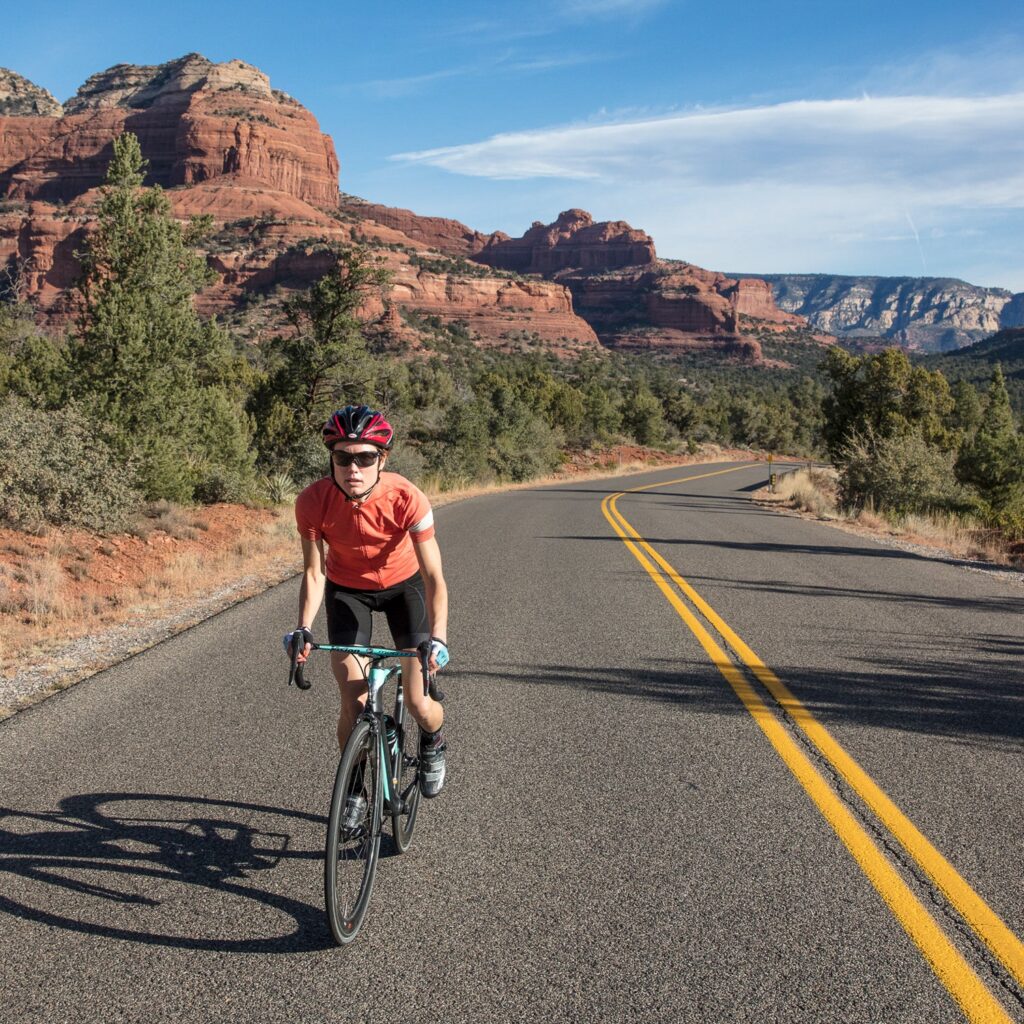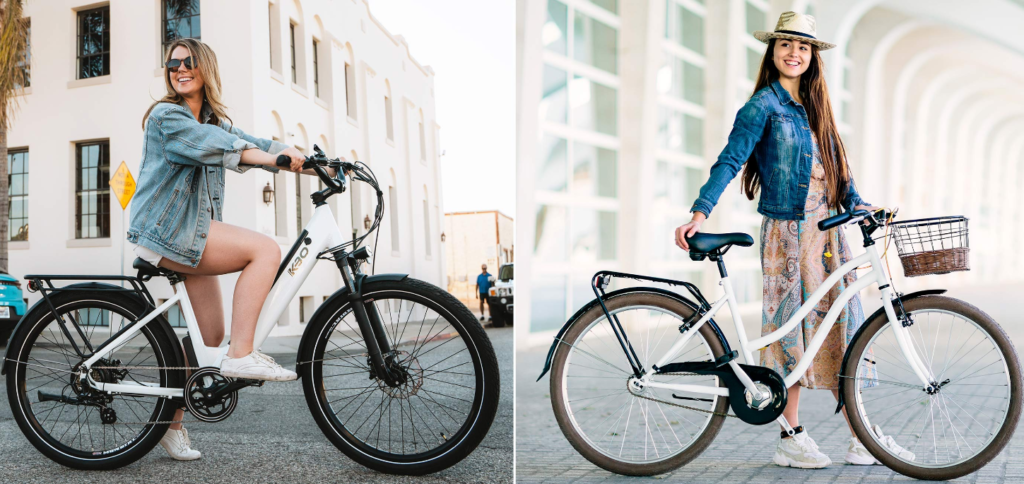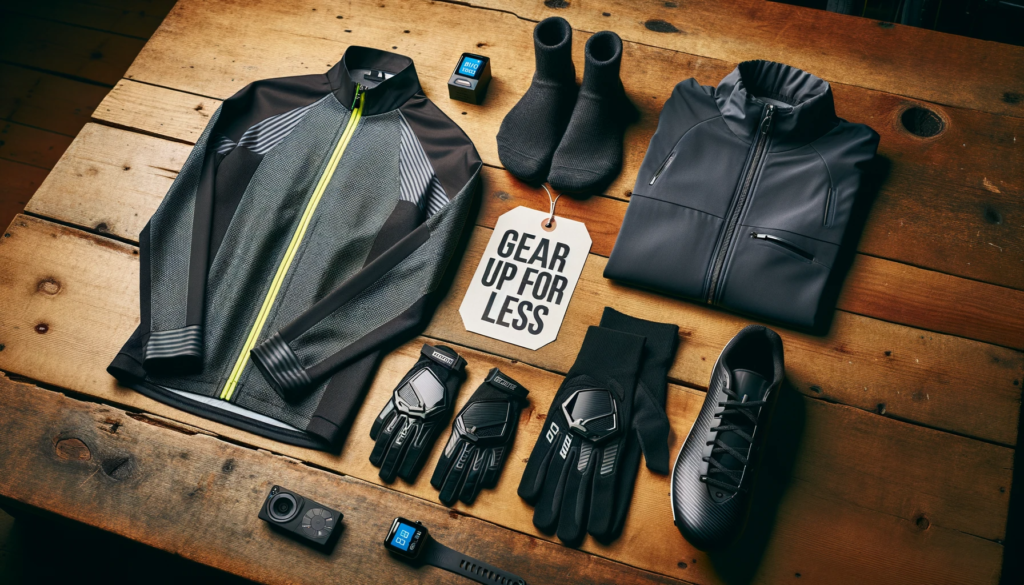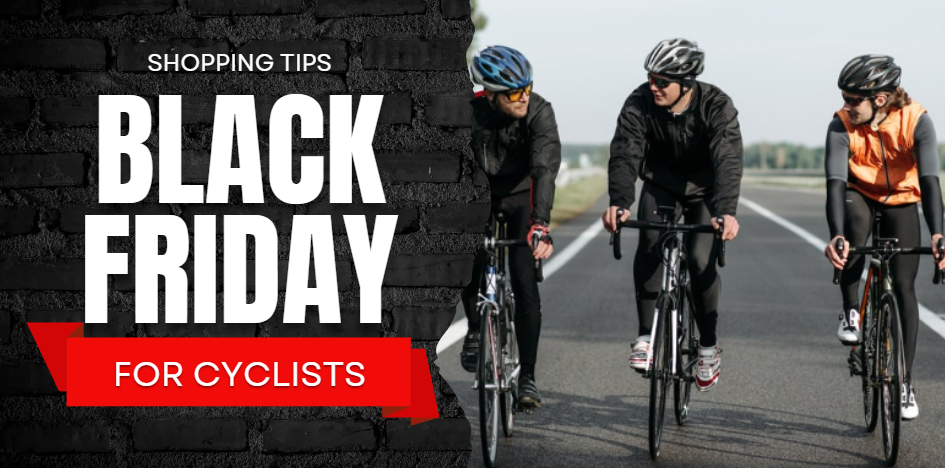Road bikes are designed for speed on paved roads, featuring thin tires and drop handlebars for aerodynamic positioning. They cater to various purposes, from racing to commuting and long-distance tours.
The cost of a good road bike varies widely, typically ranging from $500 to over $10,000, depending on quality, materials, and intended use.
It depends on what you need. For casual rides, you might spend $1,000. For racing, it could be $5,000 or more. The evidence leans toward entry-level bikes being around $500–$1,500, mid-range at $2,500–$5,000, and high-end above $5,000.
This range reflects the diversity in rider needs, from beginners to professional cyclists. Understanding these costs is crucial, as it helps align your budget with your riding goals, whether you’re starting out or aiming for competitive performance.
Factors Affecting Road Bike Costs
Several elements determine how much you’ll pay for a road bike. Let’s break them down for clarity:
- Frame Material: The frame is the bike’s core structure, and its material significantly impacts cost and performance. Aluminum is lightweight, strong, and cost-effective, often found in entry-level to mid-range bikes. It’s durable but can feel stiff, affecting ride comfort. Carbon fiber, used in mid-range to high-end models, is lighter and absorbs vibrations better, enhancing long-distance comfort. It’s pricier due to manufacturing complexity. Steel frames, less common in modern bikes, offer durability and comfort but are heavier, typically seen in used or custom builds. For example, a carbon frame might add $1,000 to the price compared to aluminum, as noted in reviews on Cycling Weekly.
- Components and Groupsets: Components include gears, shifters, brakes, and derailleurs, often bundled as groupsets from brands like Shimano, SRAM, or Campagnolo. Entry-level bikes might have Shimano Claris or Sora, offering reliable performance for casual riding at a lower cost. Mid-range bikes often feature Shimano 105 or SRAM Rival, providing smoother shifting and durability. High-end models use Ultegra, Dura-Ace, or electronic options like Di2, which can cost thousands alone. For instance, a Shimano Ultegra Di2 groupset was priced at £2,399 in recent reviews, significantly impacting the overall bike cost, as seen on road.cc.
- Brand Reputation: Established brands like Trek, Specialized, Canyon, and Pinarello command higher prices due to their reputation for quality and innovation. These brands invest in research and development, offering advanced features like aero designs or integrated cockpits. Newer brands might offer competitive pricing, but reliability can vary. For a good road bike, sticking to trusted names ensures longevity, though it may increase the initial investment by 10–20%, according to Outside Online.
- New vs. Used: Buying new guarantees warranties and the latest technology, but used bikes can save money, especially for high-end models. A used Trek Madone, originally $10,000, might be found for $5,000 on platforms like eBay or Facebook Marketplace, offering premium performance at a discount. However, check for wear, as components like chains or brakes may need replacement. This option is ideal for budget-conscious buyers, with savings potentially reaching 50%, as highlighted in road.cc comparisons.
These factors interact, creating a spectrum of prices. For example, a new aluminum-frame bike with Claris might cost $800, while a carbon-frame bike with Ultegra Di2 could reach $8,000, illustrating the range within the market.
Price Ranges by Category: A Detailed Breakdown
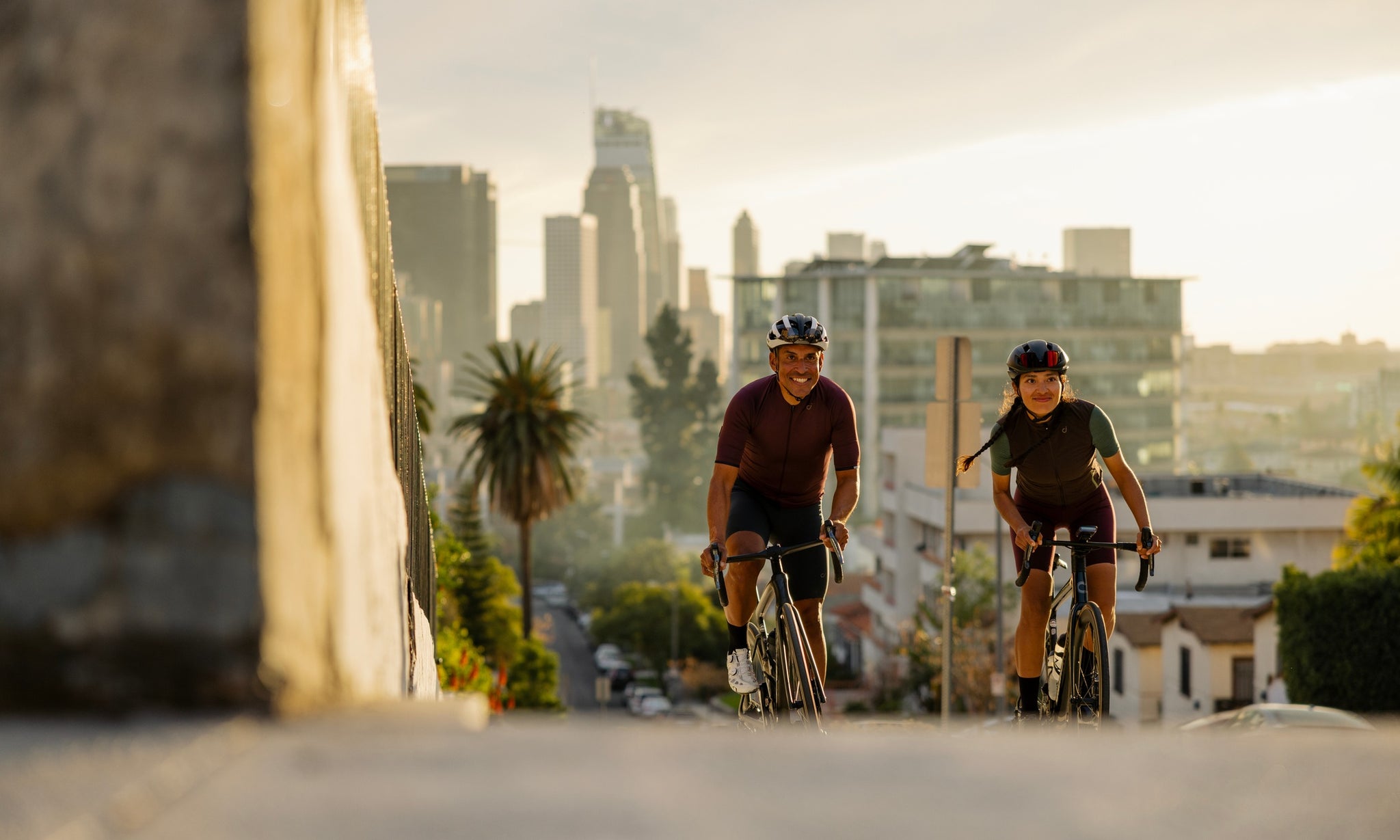
To help you navigate, let’s categorize road bikes by cost, providing examples and typical features for each. These ranges are based on 2025 trends from cycling reviews and retailer listings:
|
Category |
Price Range |
Typical Features |
Example Models |
|
Entry-Level |
$500–$1,500 |
Aluminum frame, Shimano Claris/Sora, heavier build |
Triban 520 ($1,200, Decathlon), CAAD Optimo |
|
Mid-Range |
$2,500–$5,000 |
Carbon or high-end aluminum, Shimano 105, lighter |
Canyon Ultimate CF SL ($3,000), Giant Defy Advanced |
|
High-End |
Above $5,000 |
Carbon frame, Ultegra/Dura-Ace, aero design |
Pinarello Dogma F ($10,500), Trek Madone SLR |
- Entry-Level ($500–$1,500): These bikes are for beginners or casual riders. They feature aluminum frames, basic groupsets like Shimano Claris (8-speed) or Sora (9-speed), and are heavier, typically 20–25 pounds. They’re suitable for commuting or short rides, with examples like the Triban 520 from Decathlon, priced at $1,200, offering disc brakes and 11 speeds for enhanced stopping power. Another option is the CAAD Optimo, noted for its versatile frame, as seen on Cycling Weekly. These bikes provide reliability without breaking the bank, ideal for those new to road cycling.
- Mid-Range ($2,500–$5,000): This category bridges the gap, offering carbon frames or high-end aluminum for better performance. Groupsets like Shimano 105 (11-speed) or SRAM Rival provide smooth shifting, and weights drop to 15–20 pounds. These bikes suit club rides, sportives, or longer distances, with examples like the Canyon Ultimate CF SL, starting at $3,000, praised for its aero features and versatility, as reviewed on Cyclingnews. The Giant Defy Advanced, with wide tire clearance for endurance, also fits here, offering comfort for long rides. This range provides value, balancing cost and performance.
- High-End (Above $5,000): Designed for serious cyclists, these bikes feature full carbon frames, top-tier groupsets like Shimano Ultegra Di2 or Dura-Ace, and weights under 15 pounds. They include aero designs for speed and integrated cockpits for aerodynamics. The Pinarello Dogma F, at $10,500, is a prime example, known for its race-winning performance, as detailed on Cyclist. Another is the Trek Madone SLR, with prices exceeding $8,000, offering pro-level specs. These bikes are for enthusiasts or racers, justifying their cost with cutting-edge technology.
- Custom Road Bikes: Custom road bikes offer a range of customization options to suit individual preferences. From frame materials and geometry to components and accessories, the level of customization can vary based on personal requirements and budget. The cost of a good road bike can vary significantly based on the level of customization and the quality of components. Factors such as frame material, groupset, wheels, and accessories can all contribute to the overall cost of the bike. Custom road bikes offer the benefit of tailored fit and performance, allowing riders to optimize their riding experience. Additionally, the ability to select specific components and features can enhance comfort, efficiency, and overall enjoyment of cycling.
This categorization helps align your budget with your riding style, ensuring you get a bike that meets your needs without overspending.
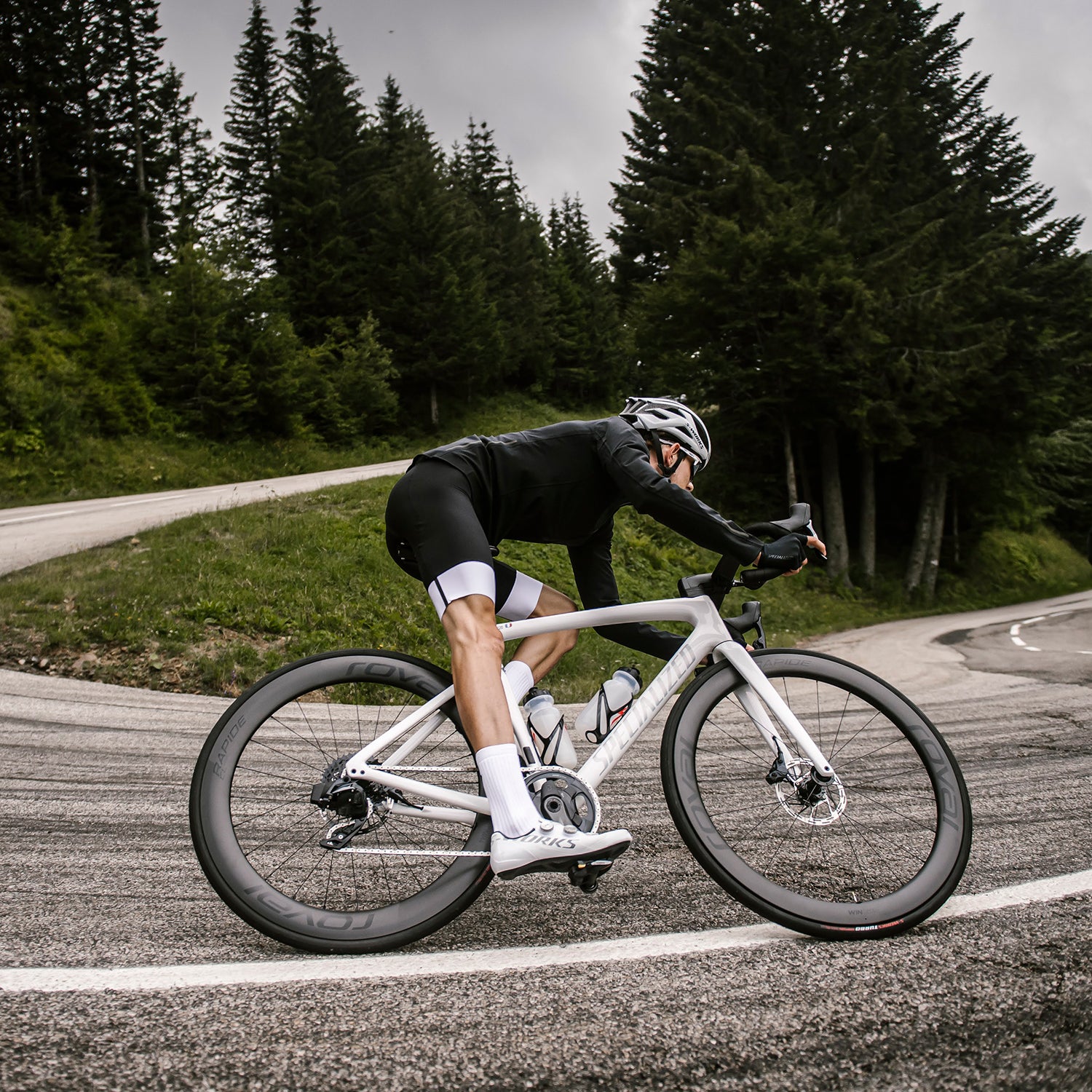
Credit: www.outsideonline.com
Additional Costs To Consider
Exploring road bike costs involves factoring in additional expenses like accessories, maintenance, and upgrades. These extra costs can vary depending on individual preferences and riding needs, contributing to the overall investment in a good road bike.
| Accessories: Bike lock, helmet, lights, water bottle holder. | Maintenance: Regular tune-ups, tire replacements, chain lubrication. | Upgrades: Better pedals, saddle, wheels, or even electronic shifting systems. |
Tips for Choosing the Right Road Bike
Selecting a road bike involves more than just cost. Here are practical tips to guide your decision:
- Set Your Budget: Decide how much you can spend. If you’re new, start with entry-level ($500–$1,500) to test the waters. For serious riding, consider mid-range ($2,500–$5,000) or explore used options for high-end savings. Stick to your limit to avoid financial strain, as prices can escalate quickly with upgrades.
- Know Your Purpose: Define your riding goals. For racing, choose a lightweight, aero bike like those in the high-end category. For commuting or long tours, opt for endurance models with comfortable geometry, often found in mid-range bikes. This ensures the bike fits your intended use, enhancing enjoyment and performance.
- Where to Buy: Local bike shops offer expert advice and fittings, ensuring the right size and setup. Online retailers like Bike24 provide deals, but read reviews for reliability. For used bikes, check eBay, Facebook Marketplace, or local listings, inspecting for wear. This approach balances cost and convenience, with shops offering warranties and online options offering discounts.
These tips help navigate the market, ensuring you find a bike that fits both your budget and riding style.
Frequently Asked Questions
How Much Should I Spend On A Road Bike?
The amount you spend on a road bike depends on your level of experience and budget. Beginners can find quality bikes for around $500, while more advanced riders may invest $1,000-$3,000 for higher-end models. Consider your needs and budget when making your purchase.
How Much Do Road Bikes Usually Cost?
Road bikes usually cost between $500 to $10,000. The price varies depending on the brand, material, components, and features. Entry-level road bikes cost around $500 to $1,000, mid-range bikes cost $1,000 to $3,000, while high-end bikes cost above $5,000.
What Is The Average Cost Of A Good Bicycle?
The average cost of a good bicycle ranges from $500 to $1,500, depending on the brand and features.
Does An Expensive Road Bike Make A Difference?
An expensive road bike can make a difference in performance due to lighter weight and better components.
Conclusion
a good road bike’s cost varies widely, from $500 for entry-level to over $10,000 for high-end models, based on factors like frame material, components, brand, and whether it’s new or used.
Entry-level bikes suit beginners, mid-range offers value for enthusiasts, and high-end caters to serious riders. By setting a budget, knowing your purpose, and choosing where to buy, you can find the right bike for your needs.
Remember to prioritize safety and comfort when selecting your road bike. Happy cycling!

